Chapter 6 Children Victims & Witnesses
1/70
There's no tags or description
Looks like no tags are added yet.
Name | Mastery | Learn | Test | Matching | Spaced |
|---|
No study sessions yet.
71 Terms
elimination/ wildcard
2 lineup procedures developed to improve accuracy in lineups for children witnesses as they are more likely to incorrectly ID someone in a traditional lineup
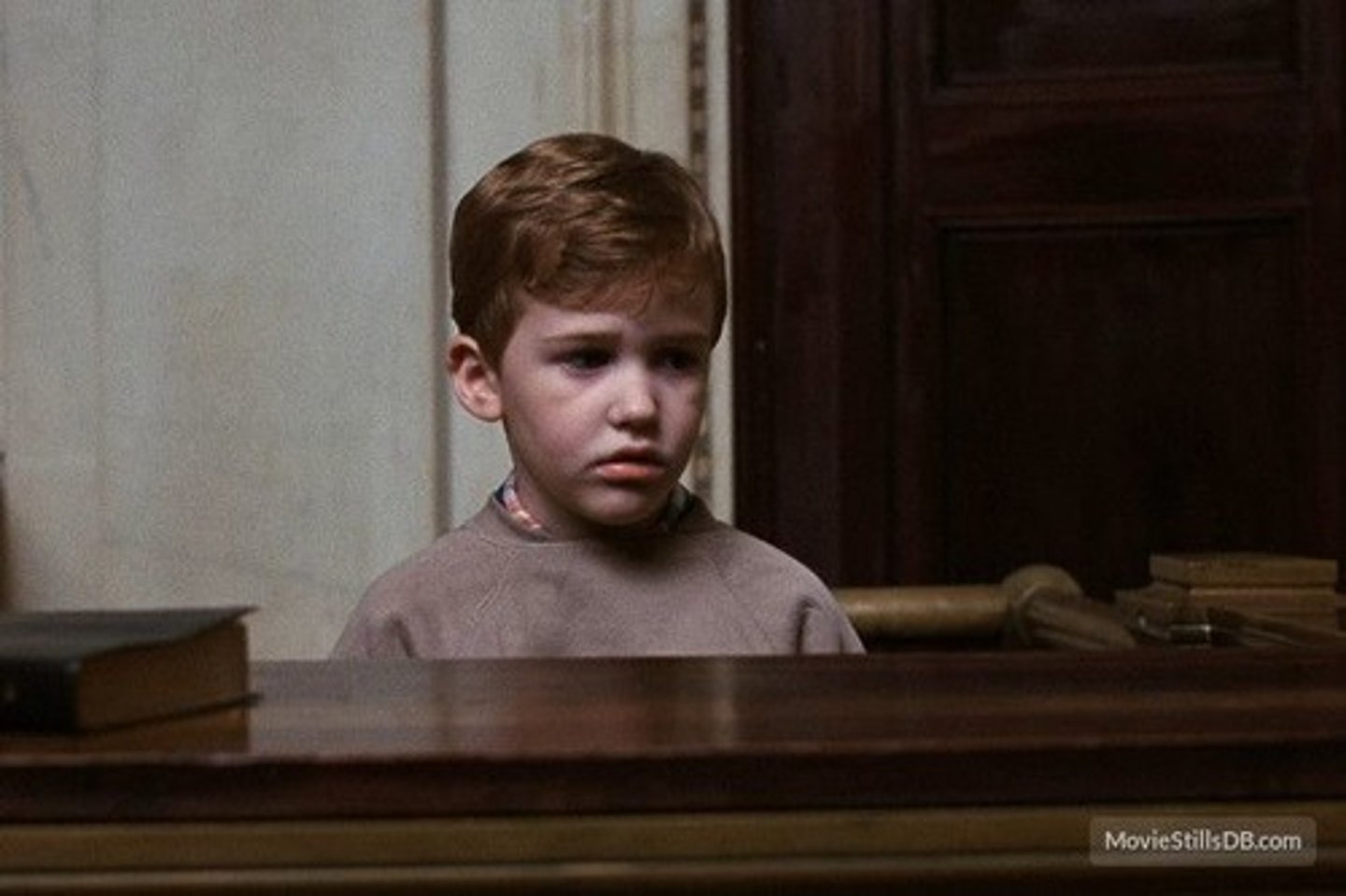
changing perspective
element of cognitive interviewing that is confusing for children, necessitating a modified version for children
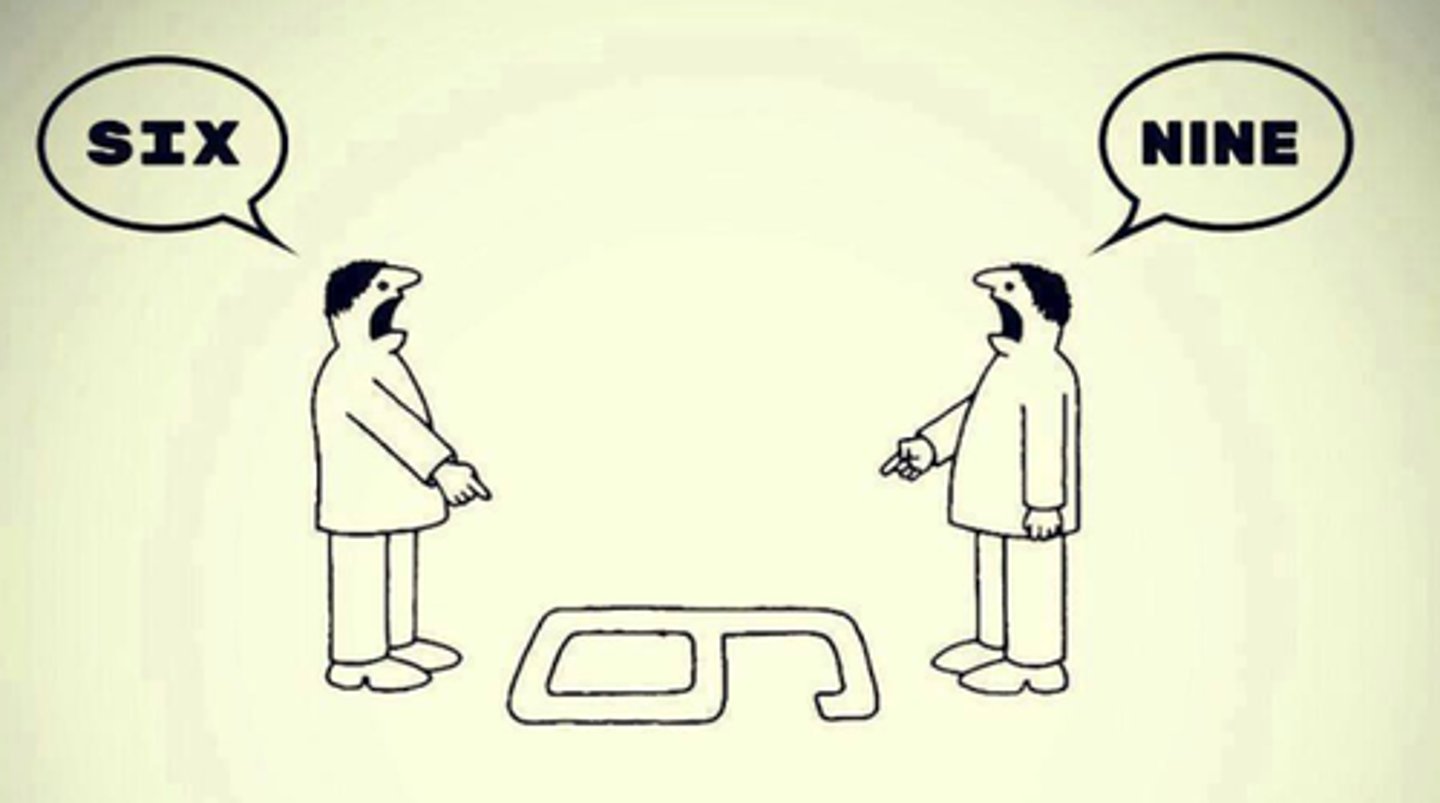
fabricating
making false claims

hair
features of a person that both adults and children tend to focus on and recall when giving descriptions

positive
Memon, Holliday, and Hill (2006) children aged 5-6 given picture books of Jim and given a description. After they were given information that was consistent or inconsistent with the stereotype of Jim. Children were more likely to accept ____ inaccurate information about Jim
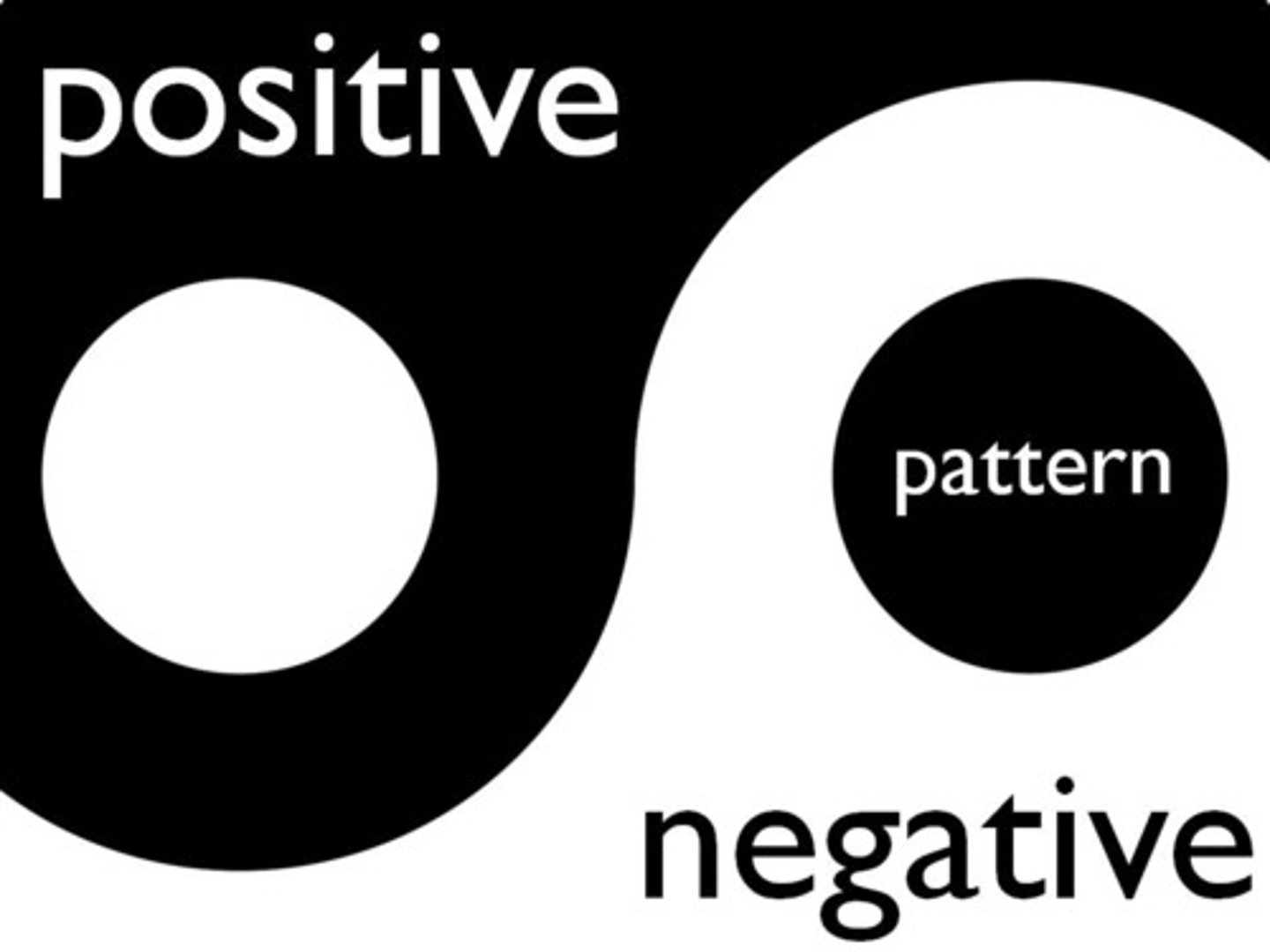
change
Candel, Hayne, Strange, and Prevoo (2009) suggestive interviewing 7-11 yrs
class presentation on China, 3 error conditions
commission/ omission/ change
Which was most likely to mislead regardless of participant age?

free narrative
when children are asked to report all they can remember using this approach, their accuracy is comparable with that of adults but unfortunately tend to report little information comparatively
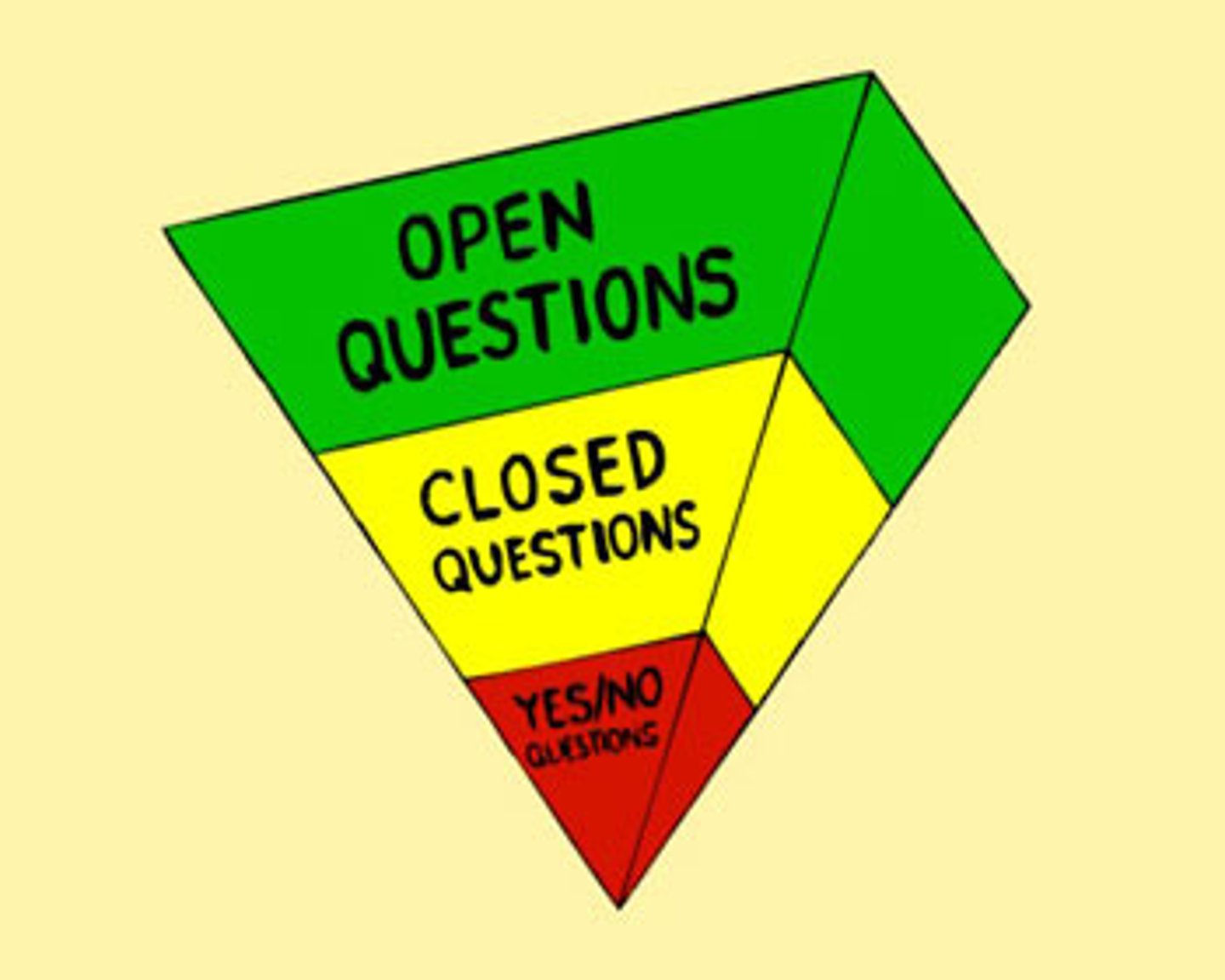
probes
often necessary to elicit required information from children witnesses but also are more likely to provide erroneous responses when these are leading

recognition
Melnyk, Crossman, and Scullin (2006) questions that rely on this increase the likelihood of error when questioning children, especially younger children
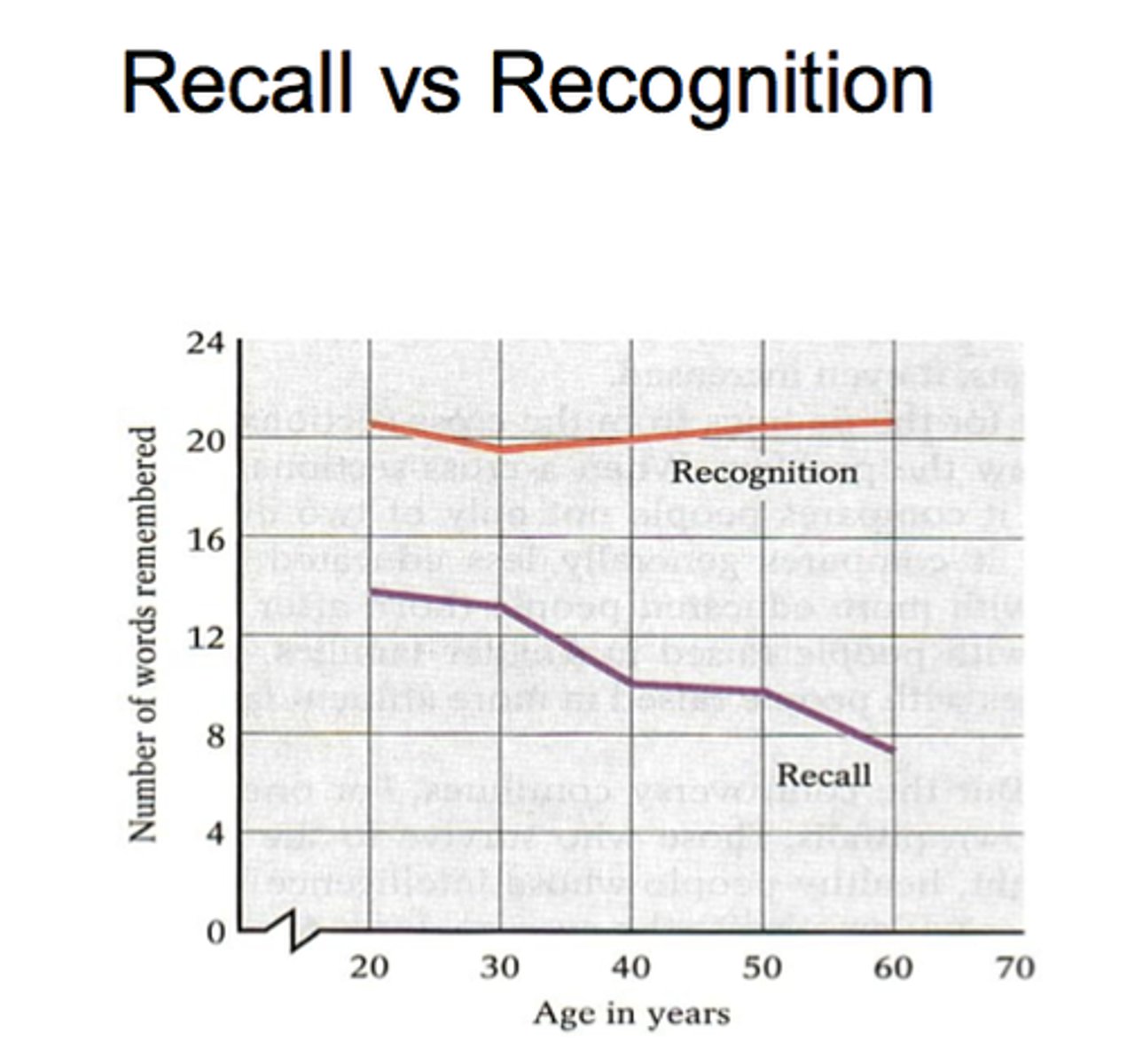
how
Lyon, Scurich, Choi, Handmaker, and Blank (2012)
children age 5-18 testimony in CSA cases
which type of question produced the most productive information?
(wh- / how/ option posing/ suggestive)

social compliance
Children trust and want to cooperate with adult interviewers, in a way they feel the interviewer desires

source misattribution
children are more vulnerable to this memory error than adults when using suggestive interviewing

anatomically detailed dolls
A doll, sometimes like a rag doll, that is consistent with the male or female anatomy
The underlying assumption is that the dolls may aid when children struggle with verbalizing what occurred
error rates similar when compared to no dolls but there is a higher incidence of violent/ sexual reports with the dolls
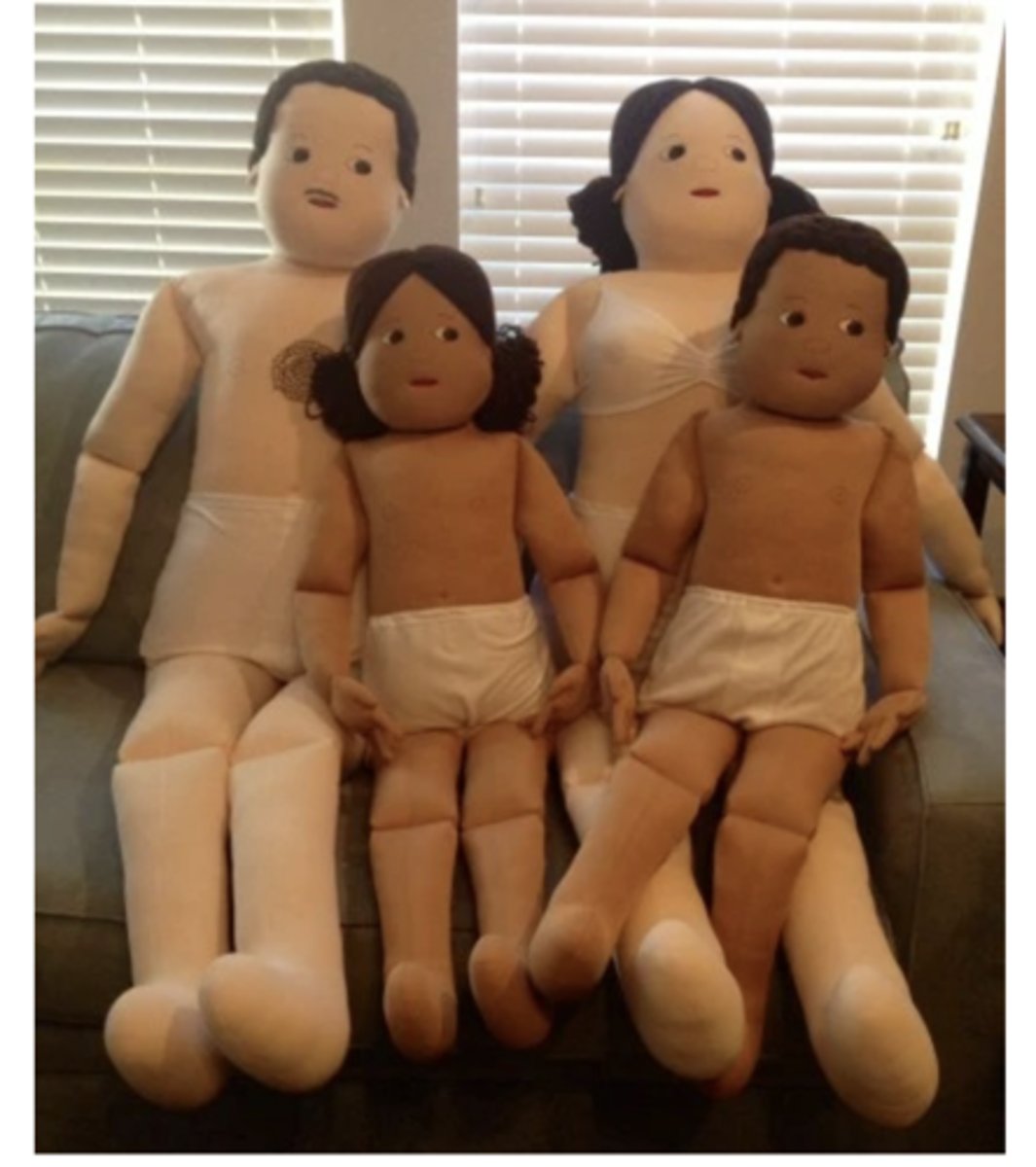
affordance
an opportunity for perception and interaction that is offered by a person, place, or object in the environment

human figure drawings
2D representations of bodies, commonly used with young children
similar issues arise as with dolls even though it reduces potential fantasy/ affordance play
more incorrect touches reported
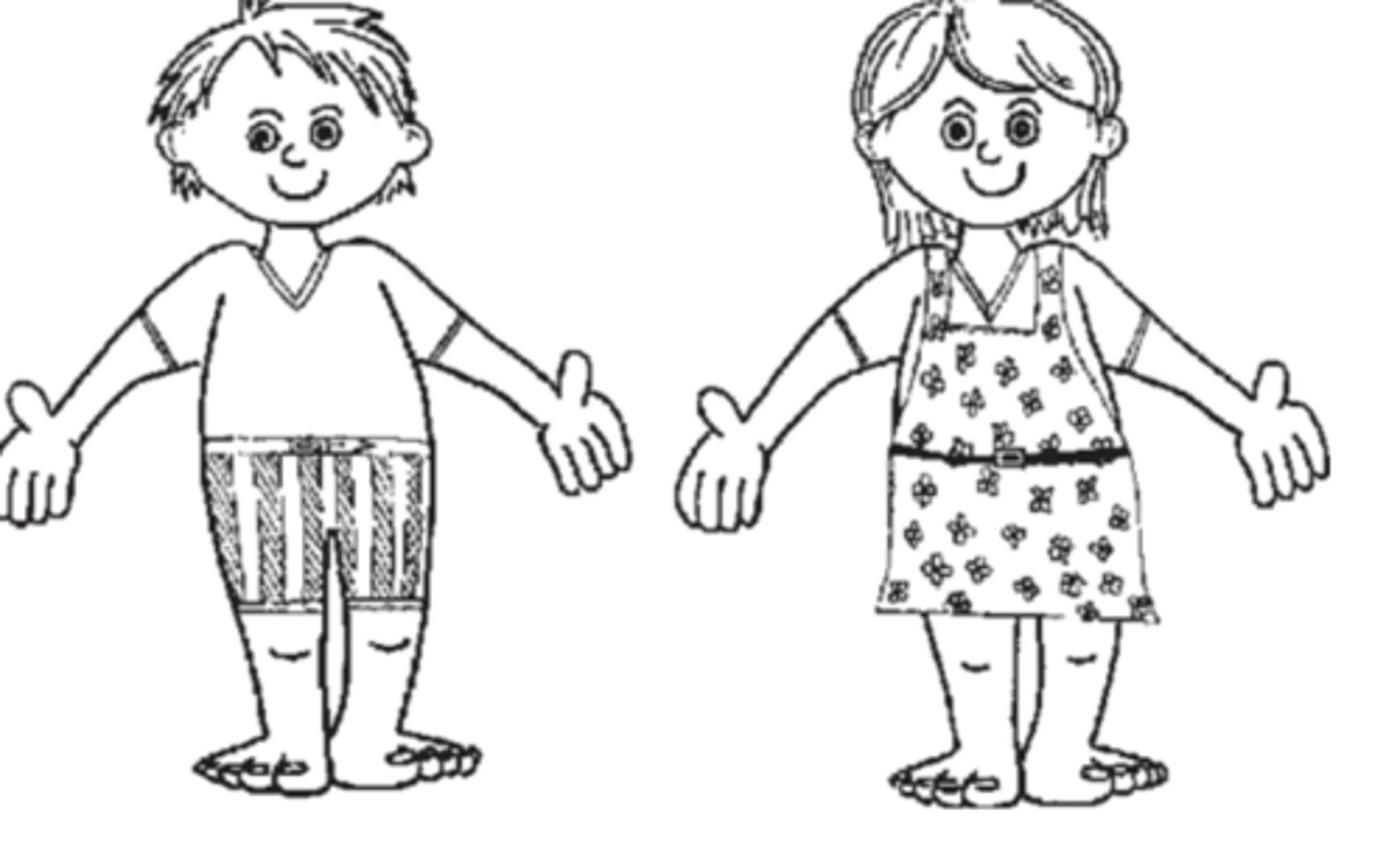
criterion based content analysis
Analysis that uses criteria to distinguish truthful from false statements made by children
was developed in Germany in the 1950s by Udo Undeutsch (1989) to facilitate distinguishing truthful from false statements made by children.
Based on the idea that real events differ in quality and content
May invalidate young children unfairly and is based on subjective rating of interpreter
statement validity analysis
A comprehensive protocol to distinguish truthful or false statements made by children containing three parts: (1) a structured interview of the child witness, (2) a systematic analysis of the verbal content of the child's statements (criterion-based content analysis), and (3) the application of the statement validity checklist.

quantity of details/ interactions/ subjective experience
top 3 CDCA criteria found in confirmed cases

step-wise interview
Interview protocol with a series of "steps" designed to start the interview with the least leading and directive type of questioning, and then proceed to more specific forms of questioning, as necessary

wh- questions
the main difference between the modified structured interview and the step-wise interview
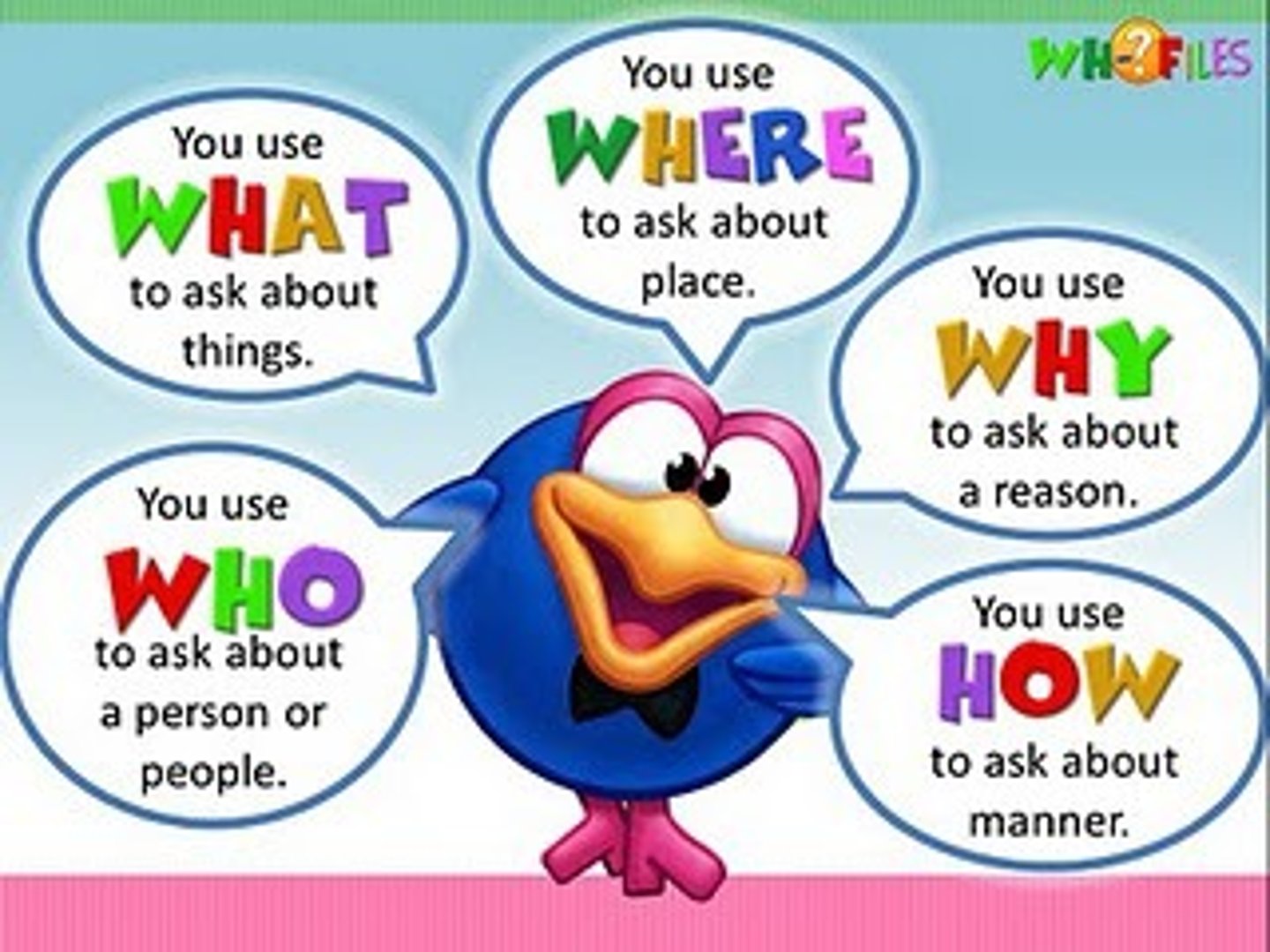
narrative elaboration
An interview procedure whereby children learn to organize their story into relevant categories: participants, settings, actions, conversation/affective states, and consequences. A card for each category is used as a visual cue to prompt children to state all they can. They practice telling stories with each card before being questioned on event then asked for a free narrative

mental reinstatement
Encourages the interviewee to mentally recreate the physical and psychological environment from the original incident
when added to narrative elaboration, this did not increase accuracy in children

national institute of child health and human development interview protocol
an interviewing procedure
that relies on open-ended questioning with two types of prompts available to interviewers
1) time prompts: to fill in details/ timeline
2) cue question prompt: reported details used in question then asked to elaborate (reflection)
This protocol also provides direction on how to start the interview and how to introduce the topic of abuse

multipart prompts
an issue with the NICHD interview protocol that is not recommended

cognitive interview
use of various cues and strategies to improve the memory of eyewitnesses
can be adapted and used with children
more accurate than standard control conditions

false memory syndrome
Term to describe clients' false beliefs that they were sexually abused as children, having no memories of this abuse until they enter therapy to deal with some other psychological problem, such as depression or substance abuse
consciously forcing memory out of mind or subjective forgetting was more common than losing the memory outright

historic child sexual abuse
Allegations of child abuse having occurred several years, often decades, prior to when they are being prosecuted
delays in reporting are very common
93% guilty when presented to jury
69% guilty when judge alone
Fewer guilty verdicts were given when an expert testimony was used for either side

sequential lineup
this style of lineup increased false positive reporting in children vs adults

two judgement theory
theory of identification accuracy by Pozzulo & Lindsay 1999
absolute and relative judgements must be made to correctly ID: first compare across lineup to the culprit then compare the most similar to their memory of the culprit
suggest that children fail to make an absolute judgement correctly
absent
in target ____ lineups, solely relying on relative judgement is insufficient since the most similar culprit may not actually be the culprit
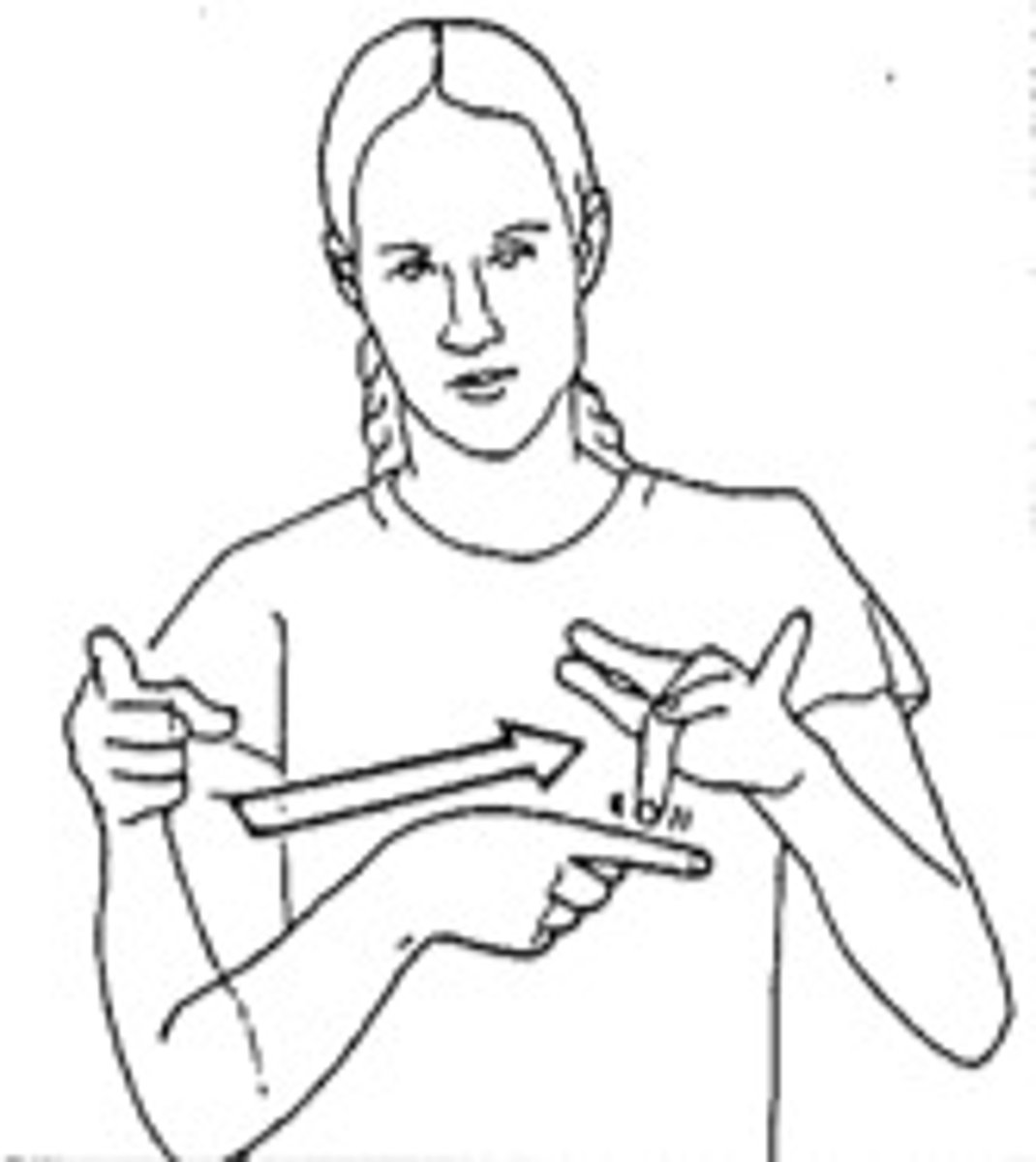
elimination lineup
Lineup procedure for children that first asks them to pick out the person who looks most like the culprit from the photos displayed. Next, children are asked whether the most similar person selected is in fact the culprit
found to significantly decrease false positives in target absent lineups compared to simultaneous procedure
correct rejection rates were similar if appearance had changed but similar to adult performance
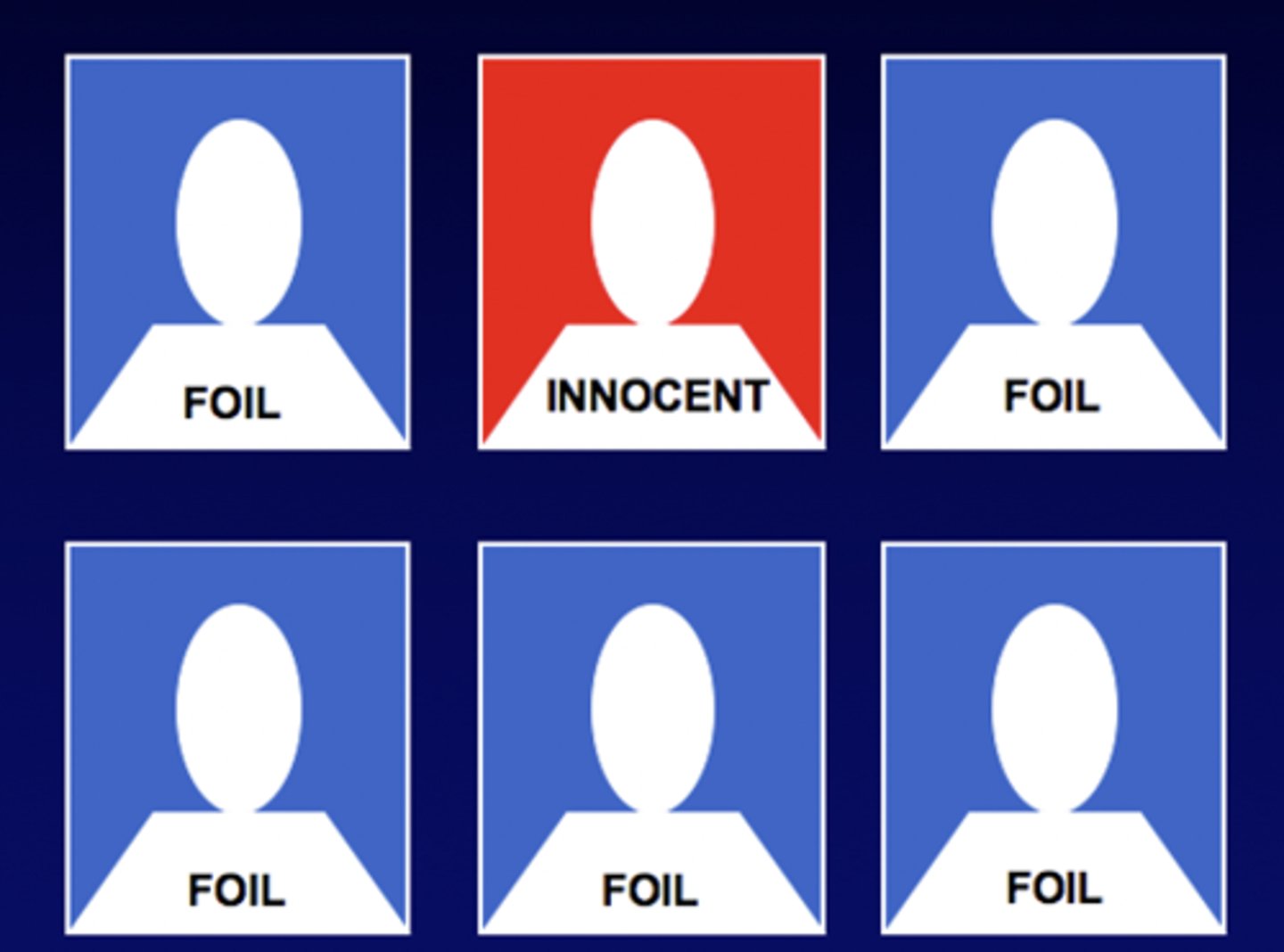
social
these factors are suggested to exert their influence in target absent lineups (false IDs)
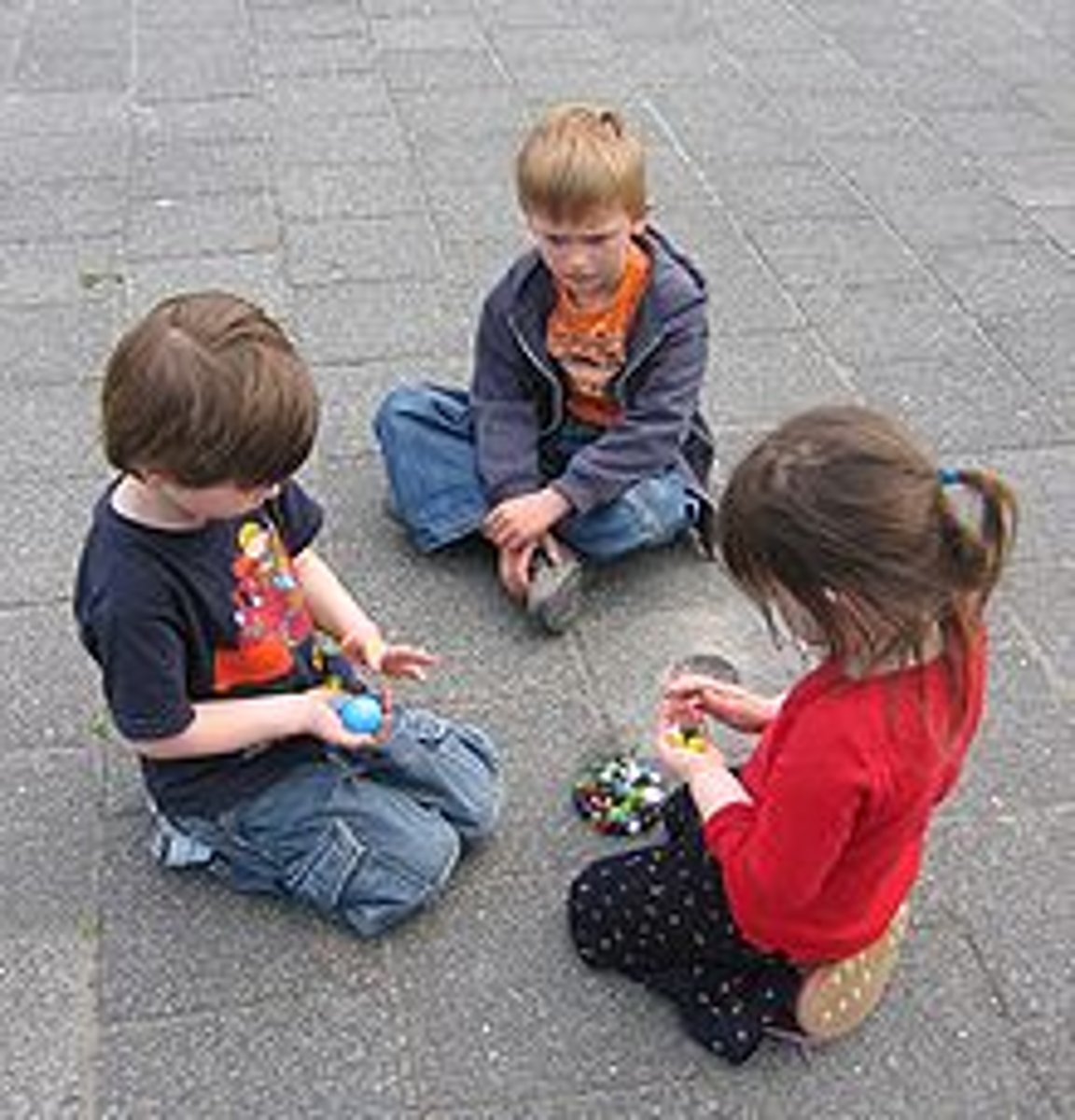
competency inquiry
Questions posed to child witnesses under age 14 to determine whether they are able to communicate the evidence and understand the difference between the truth and a lie, and, in the circumstances of testifying, to see if they feel compelled to tell the truth

shield/ CCTV/ support person/ video/ hearsay allowed/ publication ban
6 accommodations for children testifying in court
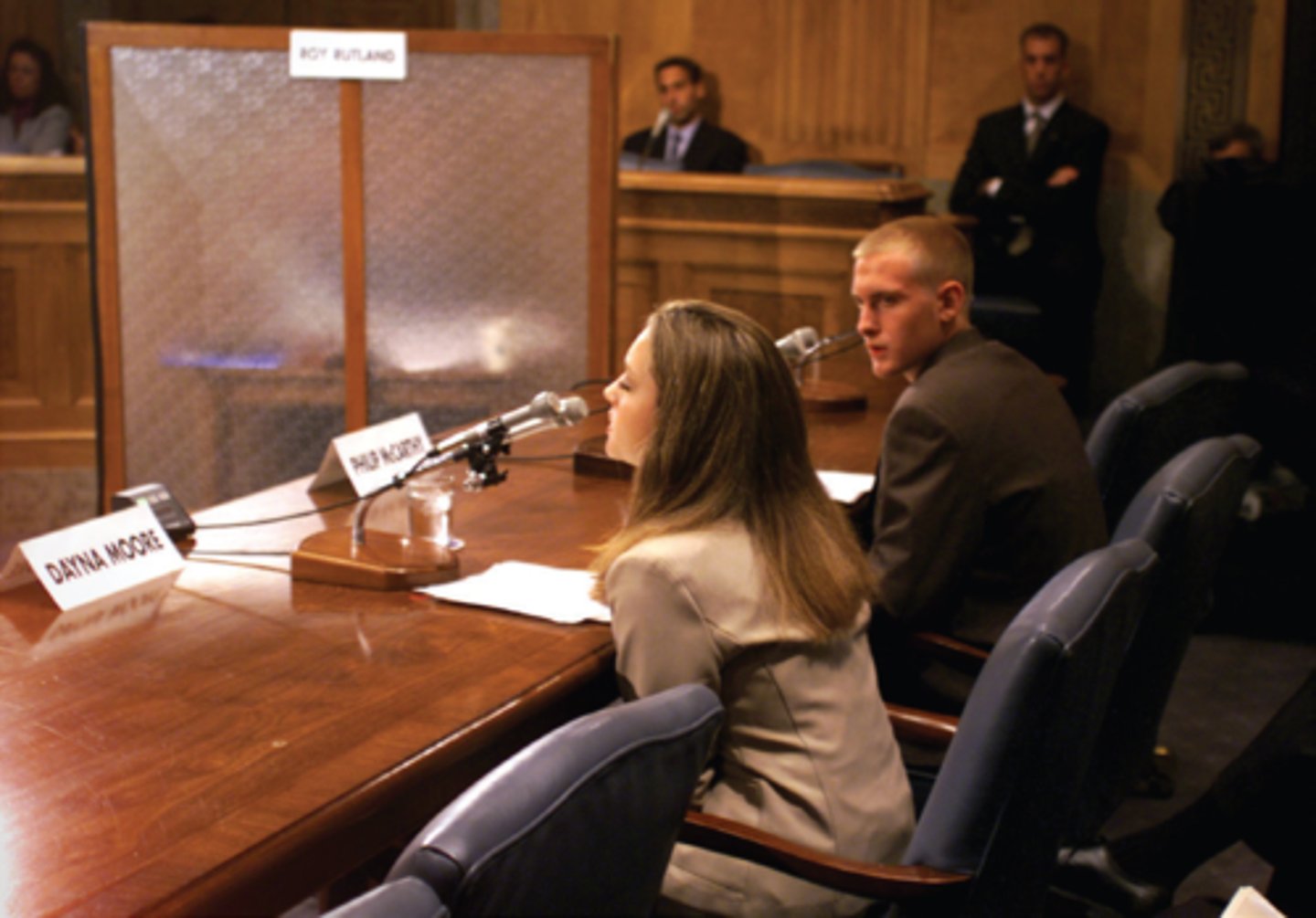
physical/ sexual/ neglect/ emotional maltreatment
4 categories of child maltreatment

in need of protection
A term used to describe a child's need to be separated from his or her caregiver because of maltreatment
All Canadian jurisdictions require the reporting of suspected cases of this
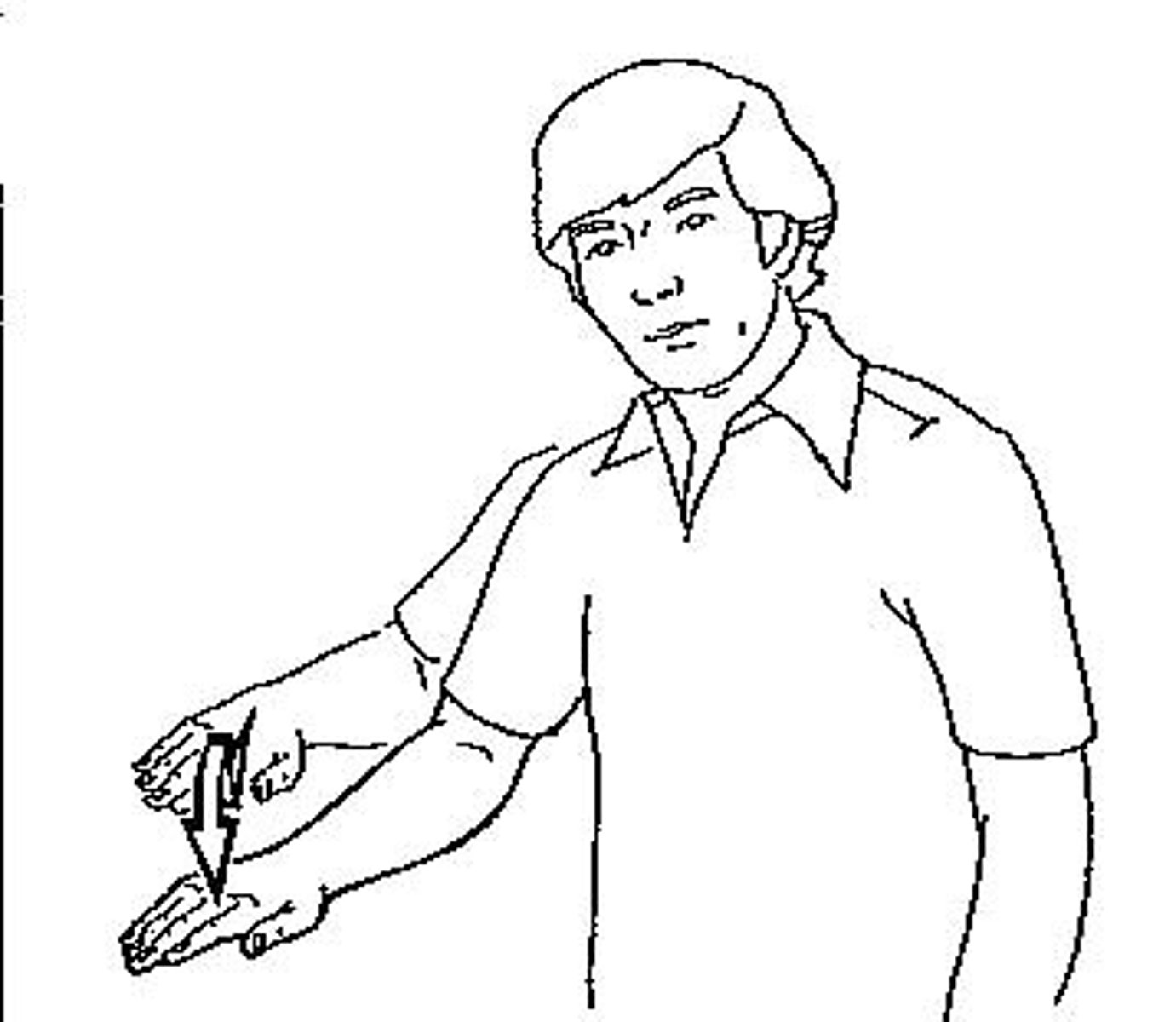
psychiatric disorders/ neurobiological dysregulation/ dysfunctional behaviours
3 categories of common outcomes of CSA

incidence
The number or rate of new cases of a particular condition during a specific time (ex. one year)

prevalence
The number or proportion of cases of a particular disease or condition present in a population at a given time (ex. lifetime)

prevalence
is prevalence or incidence of child abuse higher?

exposure to intimate partner violence
most common form of child maltreatment reported in substantiated cases
Fallon et al., 2020

neglect
second most common form of child maltreatment reported in substantiated cases
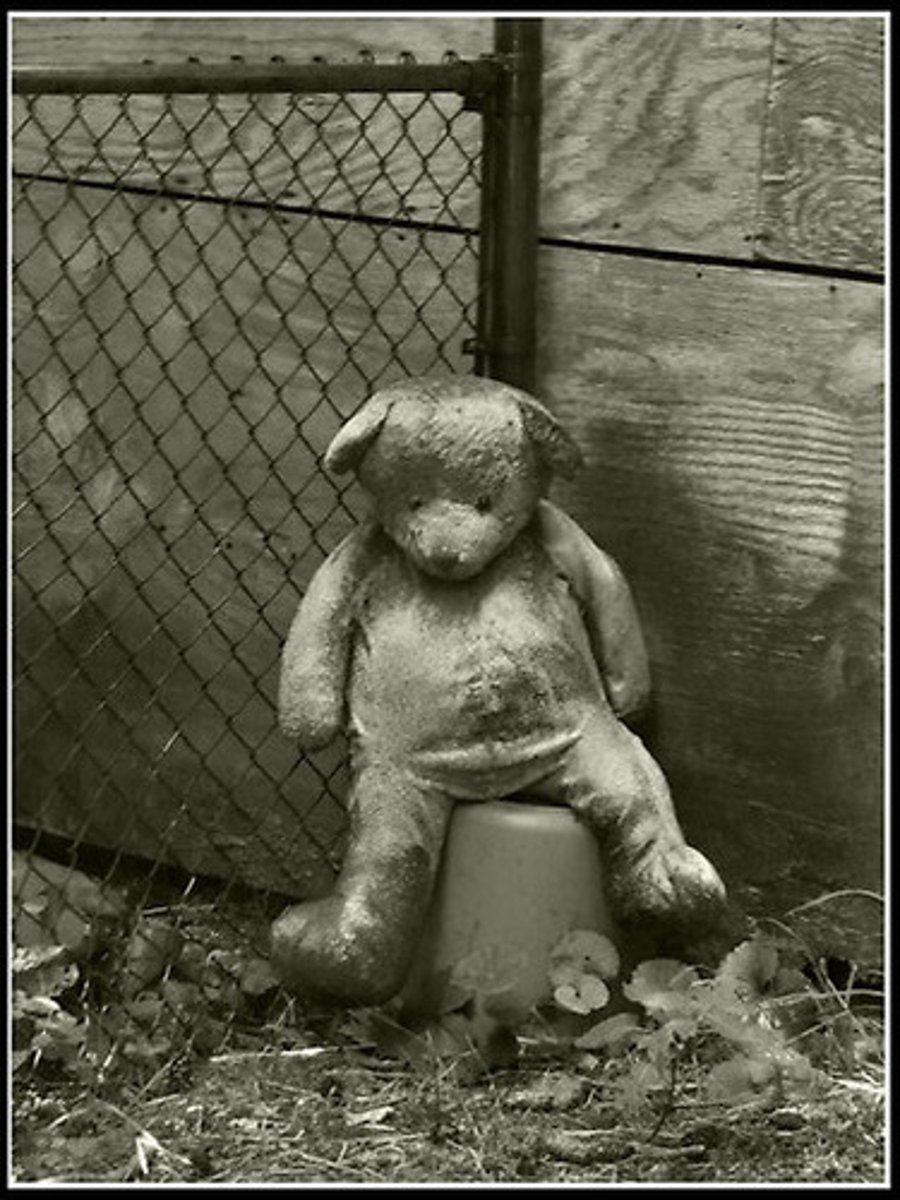
emotional maltreatment/ sexual abuse
2 forms of child maltreatment that rely heavily on children as witnesses

internalizing problems
most common form of consequences presented in substantiated maltreatment investigations

victim of IPV/ social support/ mental illness
top 3 primary caregiver risk factors for substantiated child maltreatment cases

social assistance/ moving/ public housing/ unsafe housing
4 household risk factors for substantiated child maltreatment cases

95
approximate percentage of child maltreatment that goes unreported

female/ 4-7 years/ offenders known
3 likely characteristics of CSA victims

corroboration
previously, a child could not testify if their testimony lacked this, making it nearly impossible to testify for CSA

investigator's study
Lamb et al 2003 4-8 yrs old
Officers trained with free recall interviewed children with substantiated claims
83% readily disclosed abuse when interviewed
Disproved idea that leading questions are required

completeness/ accuracy
tradeoff between these occurs when interviewing children, especially younger children (3-6 yrs)

interviewing/ internal
2 types of factors that interact in child model of suggestibility to produce false reports

person/ topic/ context
3 factors that interact to produce false memory in updated model of suggestibility in children

brain development/ experience
2 factors that relate to age's influence on memory
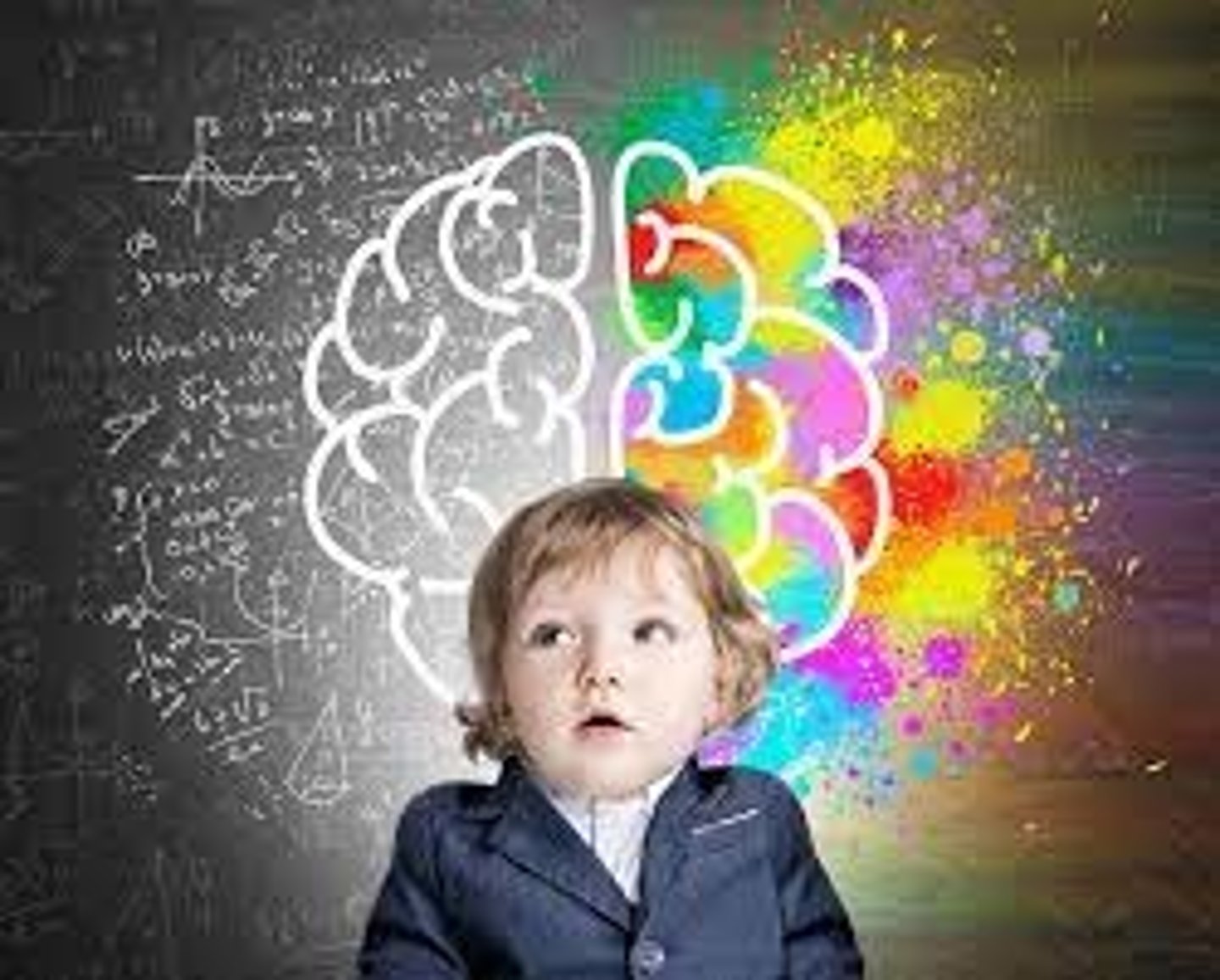
frontal lobe/ hippocampus
2 areas of the brain whose development influences memory in children
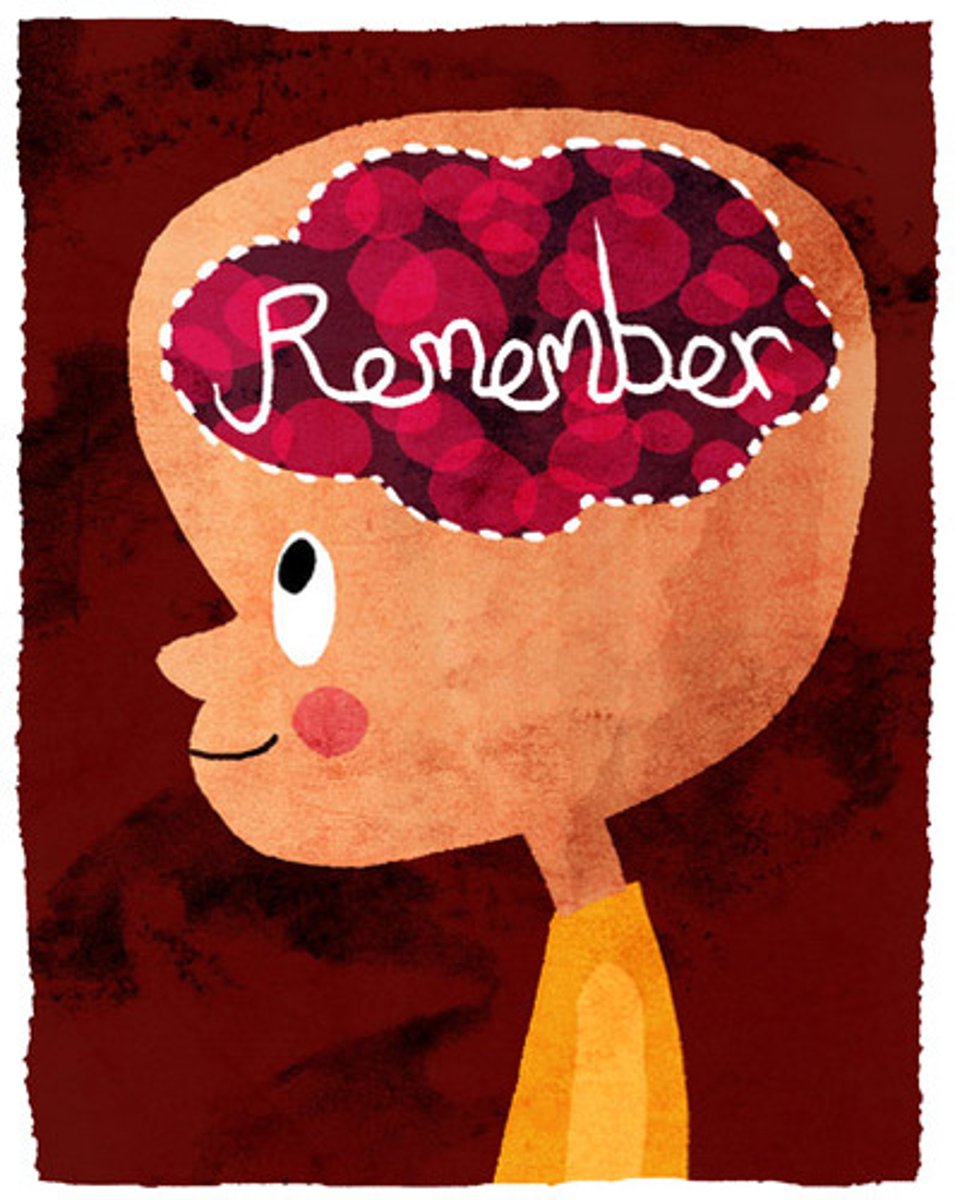
working memory
this type of memory doesn't change much between children and adults

participant/ central details
2 factors that improve child (and adult) memory but these elements may be qualitatively different based on experiences & schemas

interviewer bias
effects of interviewers on respondents that lead to biased answers
a common theme in suggestibility in children

confirmation bias
a tendency to search for information that supports our preconceptions and to ignore or distort contradictory evidence
related to interviewer bias

repeated questioning/ stereotype induction/ selective reinforcement
3 manifestations of interviewer bias detailed in class

repeated questioning study
Poole & White 1991
4, 6, 8 year olds witness John and Melanie argument over stolen pen
3 conditions Open ended questions/ yes & no questions/ specific unanswerable questions
repeated questions decreased accuracy
children wouldn't qualify for unanswerable questions, they would provide a concrete answer, but more likely to assume positively (yes)

Sam Stone study
Leichtman & Ceci (1995)
ages 3-6
a stereotype was induced about a confederate being clumsy and silly. After weeks, he came to visit the class, walked around and left
Later children questioned about doll/ book damage, repeated visits asking about this
72% 3-4 year olds claimed he caused the damage, with 44% claiming they saw it, 21% insisted (vs 40% 5-6 year olds said he did it, 18% claimed they saw, 11% insisted)
it isn't obvious when a child confabulates, many gave detailed convincing accounts
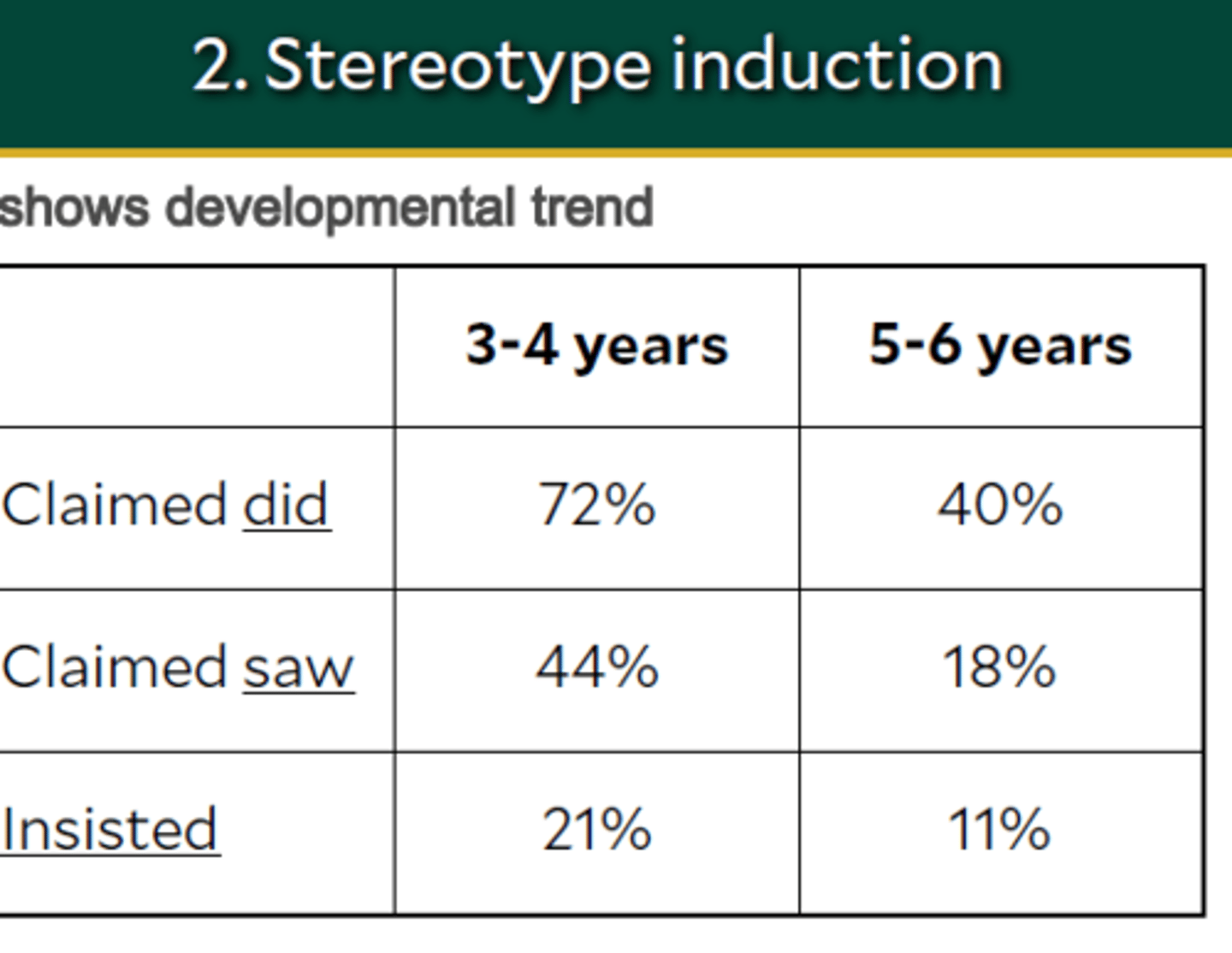
Paco study
Garven et al 2000
How selective reinforcement/ feedback affects accounts of plausible/ bizarre classroom visit
Character came in throwing candy, read story, more candy and left
Misleading questions were used and some were given selective feedback (punishment/ reinforcement)
Children learned the more bizarre the question, the more they needed to say yes

circumvent linguistics/ shame
2 proposed benefits of anatomically correct dolls
Takeaway from class: useful for rapport building but actual interviews shouldn't require props
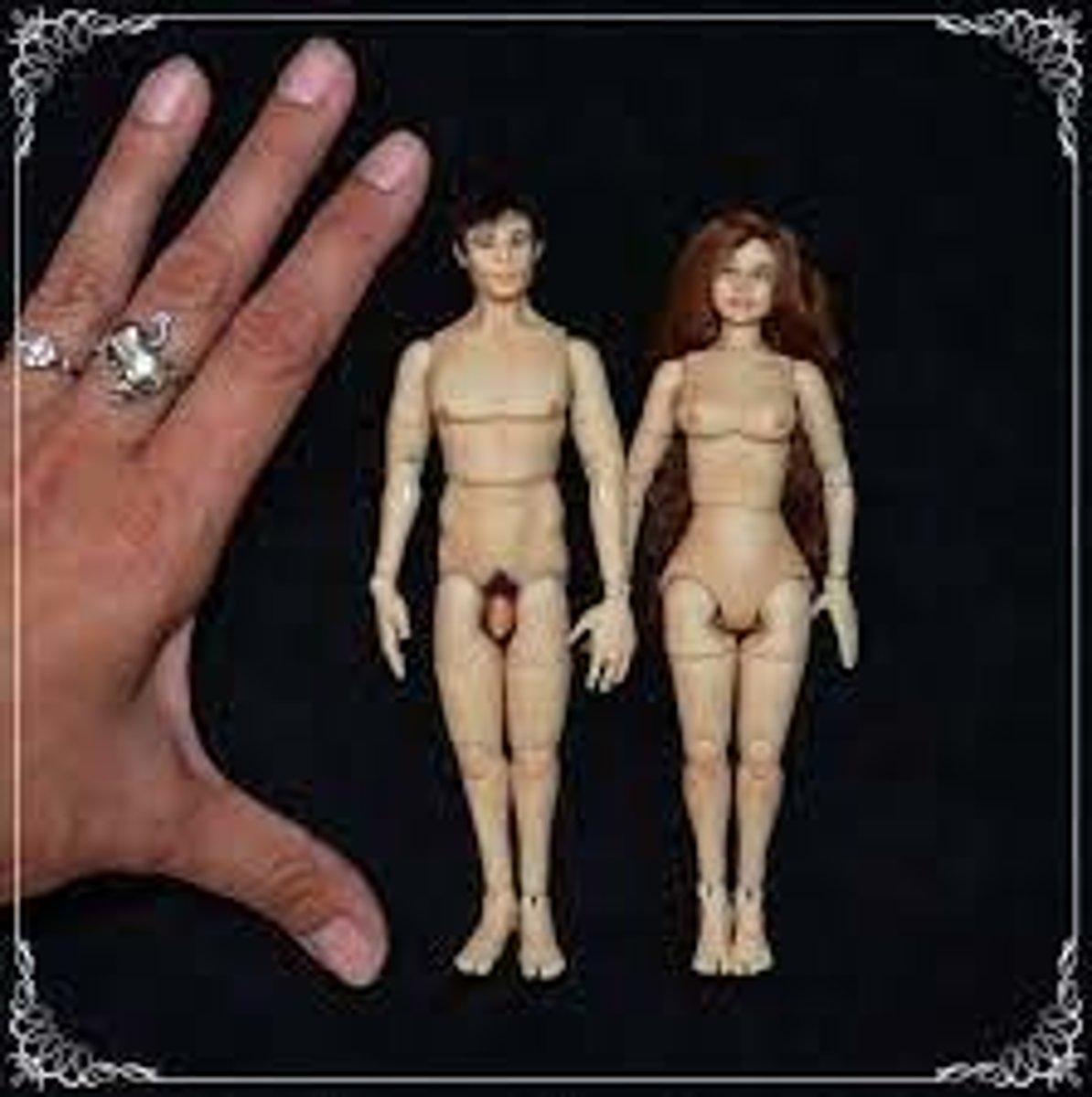
pediatrician study
Maggie Bruck et al 1995
3-4 yr olds pediatric exam with unusual elements
2 conditions: show on doll/ show on self
Made lots of errors when reporting on physical touching
Overall error rate of 25-30%, claim they were touched in other areas
errors not higher but qualitatively different: 58% sexualized/ aggressive in doll condition

dual representation
viewing a symbolic object as both an object in its own right and a symbol
potential reason why children struggle with using dolls to explain touching
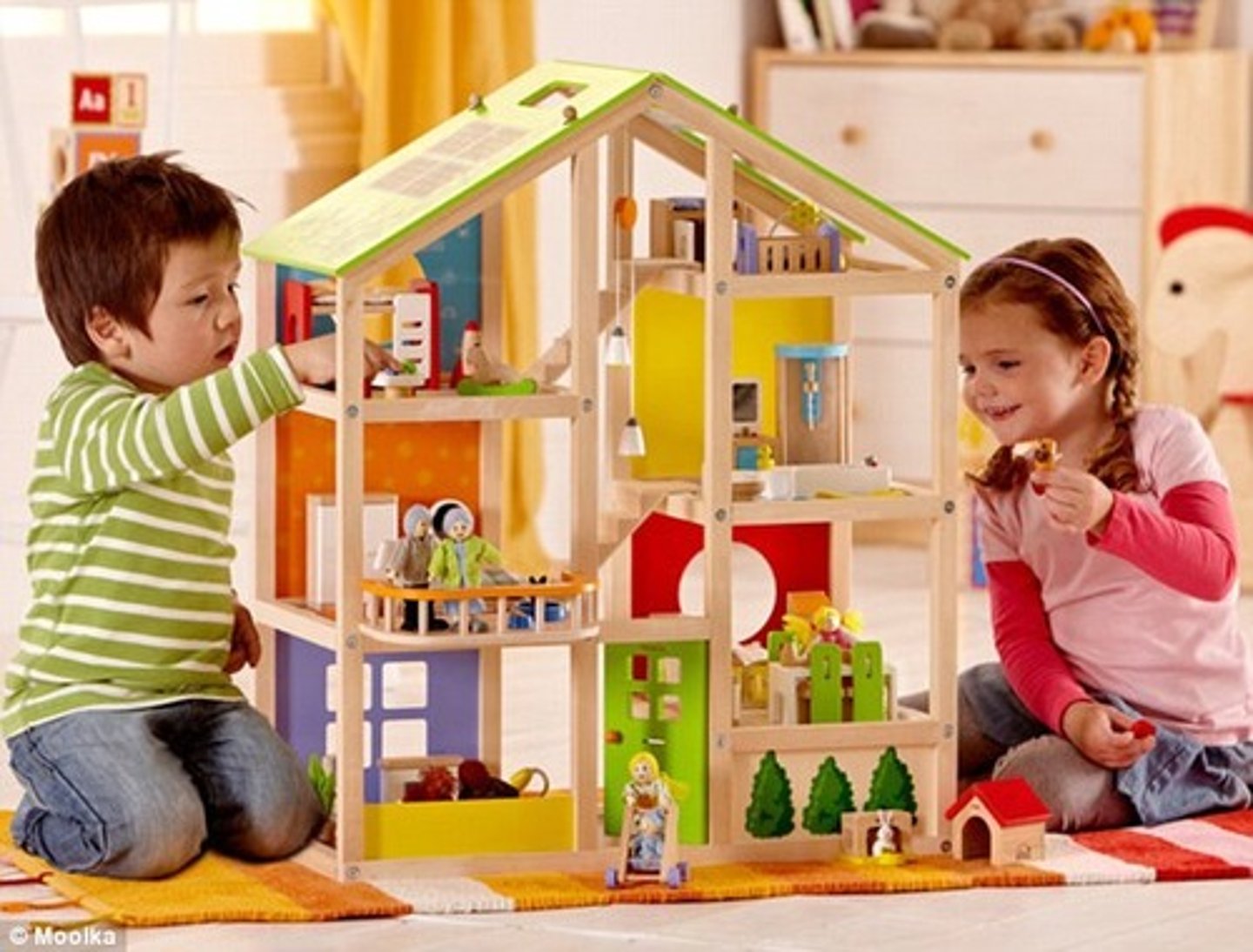
lack of ecological validity/ strangers/ time period short
3 limitations of studies on suggestibility/ dolls/ diagrams

delayed memory tests
Melnyk & Bruck 2004
conducted to improve ecological validity
Magician visit, misinformation through leading questions/ statements (I heard the magician gave you a hug)
Open & close ended questions (forced choice) were used
Misinformation effects were the same across time, not fleeting as previously thought
Conducted again with 1 year delay; misinformation effect still strong but didn't remember previous misleading interview
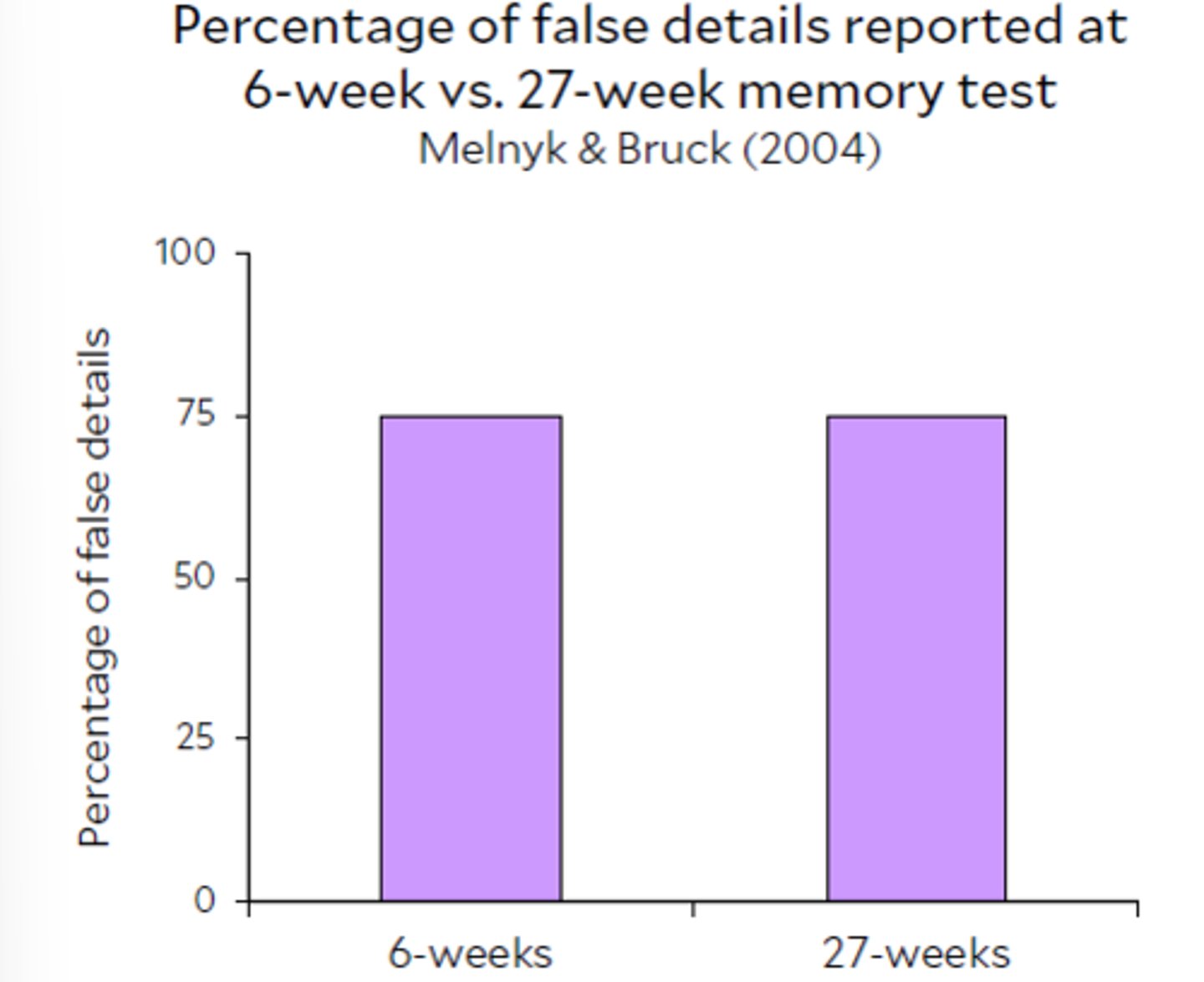
source monitoring
the delayed memory test studies by Dr. Melnyk & colleagues likely can be explained by this mechanism of memory errors
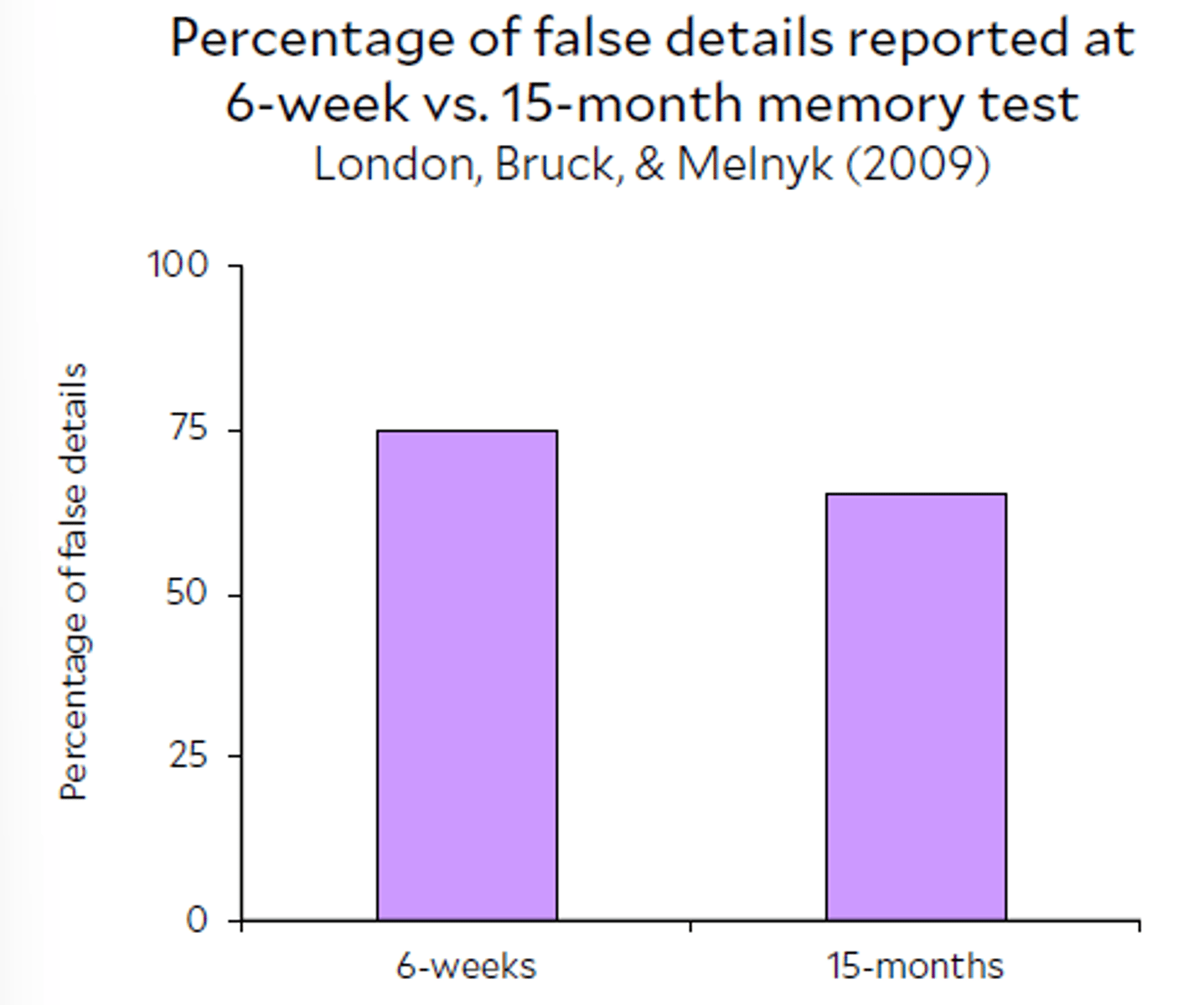
voiding cystourethrogram/ lumbar puncture
2 medical procedures commonly used in research to enhance ecological validity as the event is not pleasant/ positive, similar to IRL maltreatment
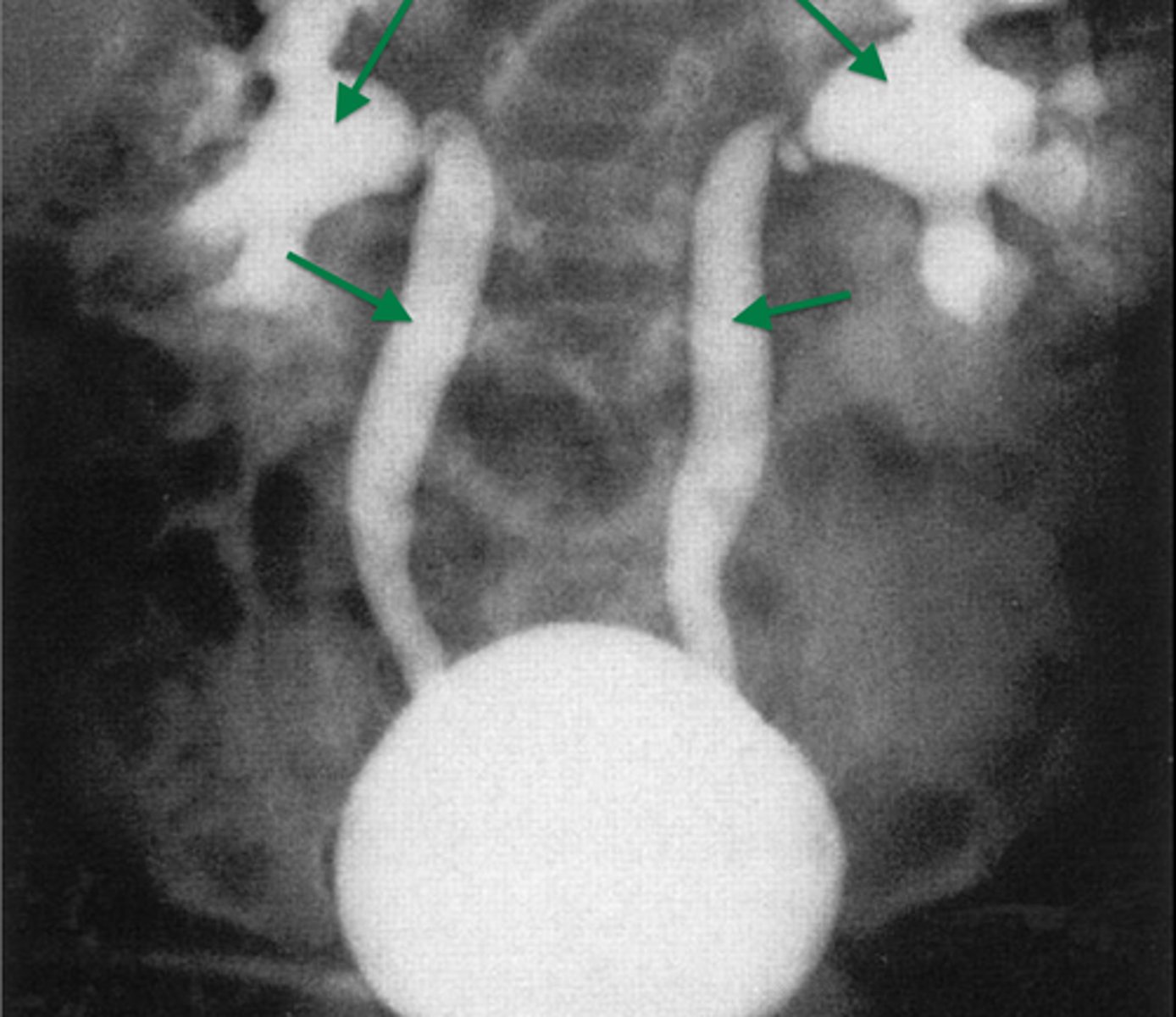
record/ open ended questions/ hypothesis testing/ scaffold questions/ developmentally appropriate language/ caution with props
6 recommendations from class re: interviewing children
